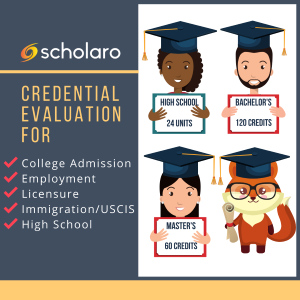Only licensed medical graduates have rights to practice medicine in the United States. Foreign medical professionals willing to work in the US should know that licensure requirements are specific for every State and governed by the State Licensing Boards. Medical graduates must apply for a medical license in the state or states where they are planning to practice medicine. Medical graduate should meet specific accreditation and licensing requirements set by the State accreditation and licensing bodies in specific fields (such as Medicine, Dentistry, or Nursing). In many states, applying individual should graduate from an accredited program in order to receive permission for certification and/or licensing exams.
It might not be too easy to receive H-1B visa and H-1B status. However, with the adequate preparation, foreign medical professionals might be able to get employment authorization in the US, especially in medically underserved areas or health care unserved and underserved areas. The Shortage Designation Branch in the HRSA (Health Resources and Business Administration) Bureau of Health Professions National Center for Health Workforce Analysis defines shortage designation criteria and uses them to decide whether or not a geographic area or population group is a Health Professional Shortage Area or a Medically Underserved Area or Population. Weekly updates by State/ County/ Medical Discipline are available at HRSA web site.
In 2007, USA TODAY has published some info that might be useful - as of the year of 2007:
· Physicians in the USA: 794,893.
· Foreign graduate doctors in the USA: 185,234 (from 127 countries).
· Percentage of foreign doctors in U.S. training programs: 24%.
This is not a new phenomenon. High percentage of foreign physicians has been consistent for many years. A sizable portion of foreign medical professionals work in medically underserved communities and small towns. The shortage of doctors in the USA is expected to grow to as much as 200,000 by 2020.

